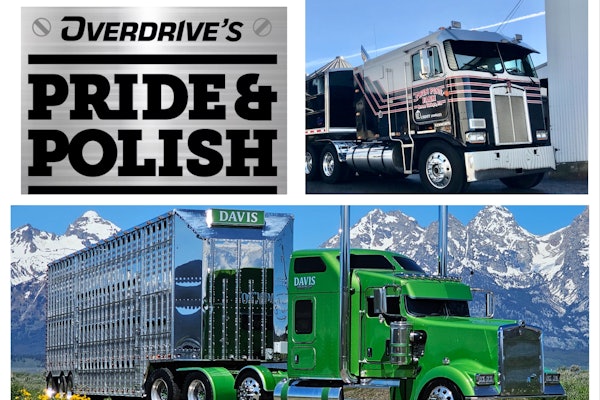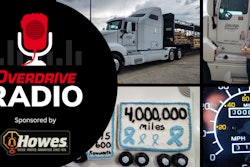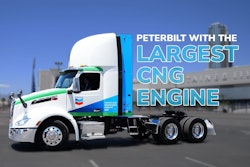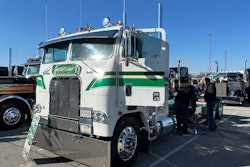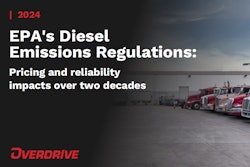Most truck drivers aren’t known for being tree huggers. When it comes to being fuel efficient – an area closer to the fleet manager’s heart than whether his drivers are doing their bit to save the rain forest – the typical fleet driver might dredge up some passion if the incentives are there in the paycheck. Left to their devices a lot of guys will probably opt to outrun their pals if they can, leaving any concern for mileage at the loading dock.
And why not? There may be more money in getting to the next load and the next more quickly than there is in chugging up hills looking for the sweet spot. Over the course of a year a guy might make more money pulling a few more loads than he will collecting fuel bonuses. There is always a reason to get where you’re going a little quicker. Why then do fleets even have fuel bonuses? They make more money if you pull more loads, too, right?
Maybe. On the other hand, it is possible a driver can be smart about fuel and get to those loads in good time, too. Fuel efficiency and productivity are not mutually exclusive. You can make money on top of the money you’re making by collecting fuel bonuses. For the owner-operator this is even more true. You could say it’s the difference between running hard and running smart.
Being fuel efficient and getting to those few extra loads on time is precisely the point of one time-honored if under-used driving technique: progressive shifting. You may have heard of it. At PGT, a flatbed carrier in Monaca, Pa., this technique has been turned from lip service to gospel. With the help of computer programs softwared into PGT’s driving simulator, drivers learn, or re-learn, the lesson that thinking about torque rather than horsepower when choosing shift points will provide higher miles per gallon while gaining acceleration to cruising speed.
The simulator program is based on the knowledge that Class 8 engines have changed dramatically in the last 10 years. Older engines were “peaky.” Their torque came on suddenly and dropped off just as suddenly. Since slight speed changes are what cause changes in torque, older engines gained and lost torque frequently, making it difficult to maintain good operating performance, defined by Charles Allen, director of sales and marketing for ZF Meritor, as “an engine operating at 90 percent of its rated power after a shift.”
Mark Conover, Cummins’ automotive marketing strategist, owner-operator business, says, “Newer engines have flat torque curves.” A flatter torque curve means there is torque available in a broader rpm range and the curve does not peak then fall off suddenly, becoming less available at higher rpms. Torque bands now rest comfortably somewhere between 1,000 and 1,600 rpms, depending on the engine. Within that band torque is constant, falling off after reaching 1,500 or 1,600 rpms, once again depending on the engine.
According to Dave Dudo, safety director at PGT, the GE I-Sim simulator demonstrates to drivers that understanding torque is the key to understanding progressive shifting. “A lot of drivers still drive as if they had a 318. The old engines had to be wound up tight to run well. Not anymore. Running the rpms to 1,800 or higher with every shift is an out-of-date technique that costs money for fleets and owner-operators and does not get guys to speed nearly as quickly as they expect. They hear the engine whine and get the sensation they are accelerating more quickly than if they shifted sooner and stayed within the torque curve.”
